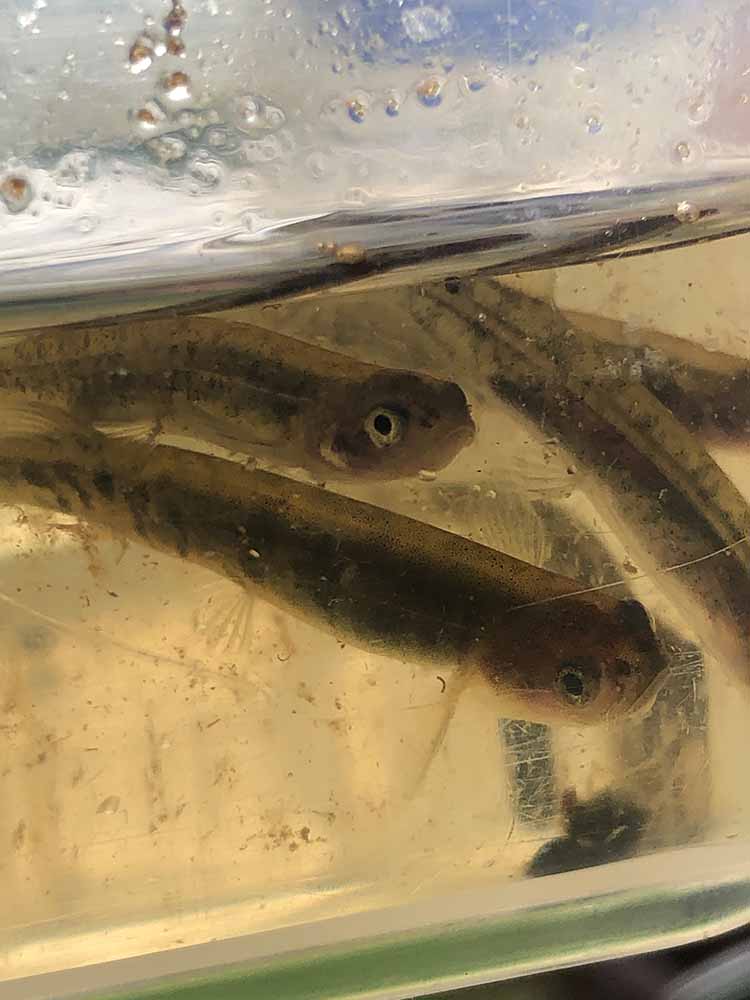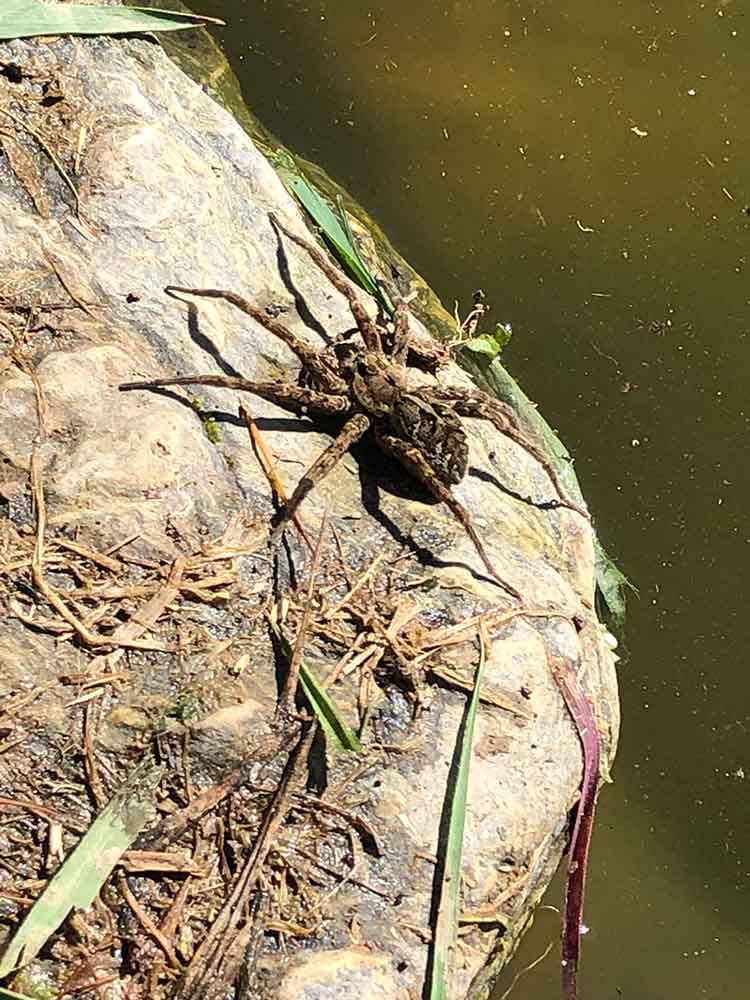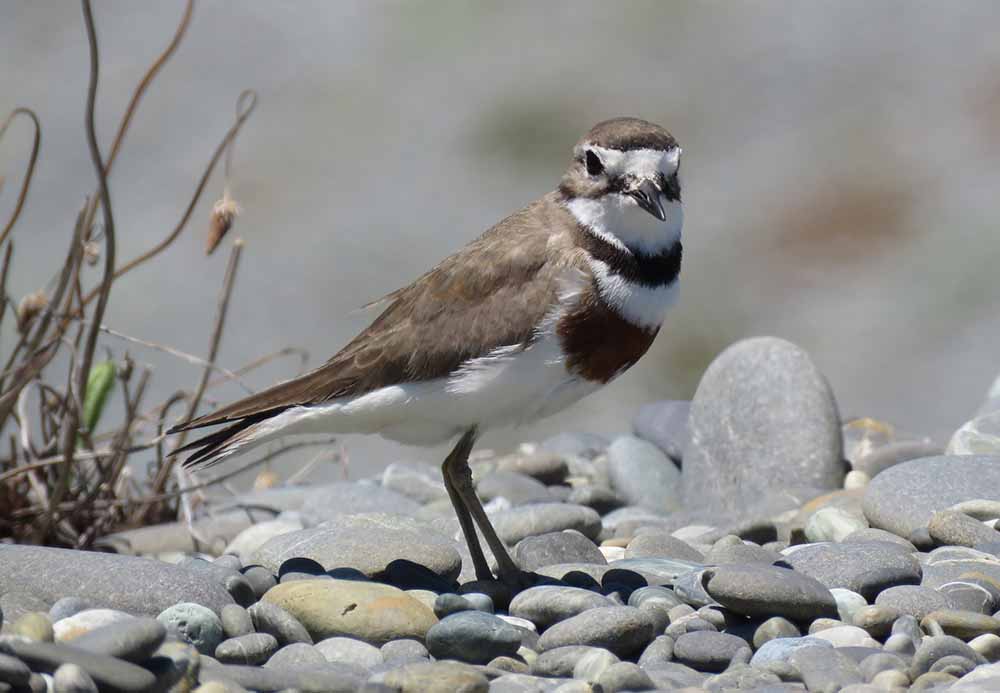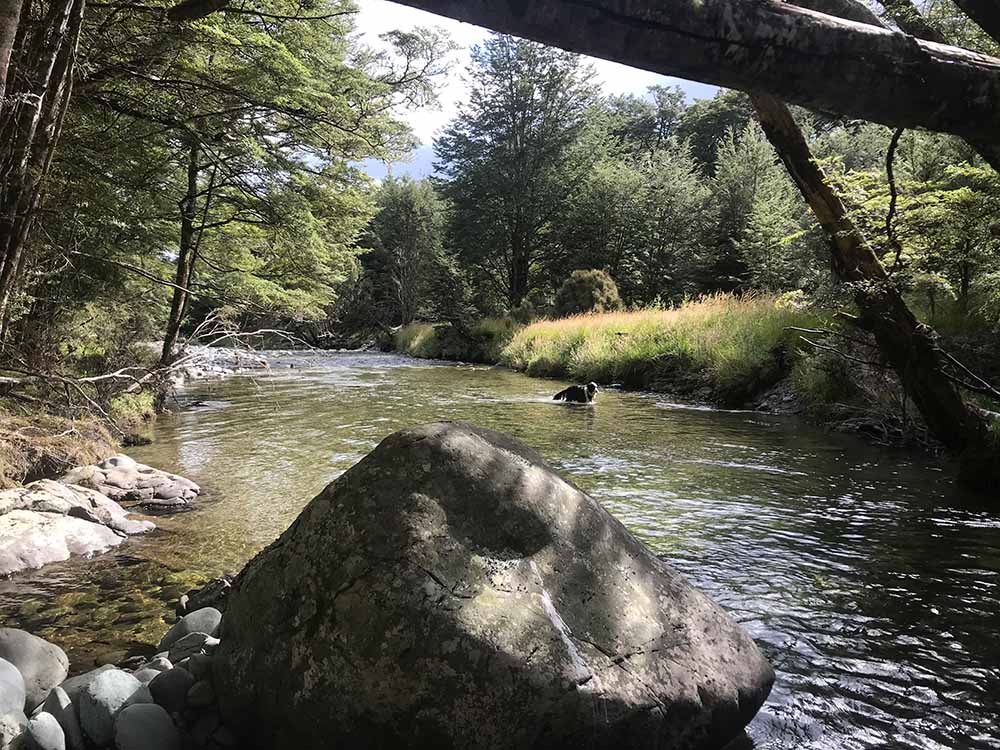Southland’s Creeks & Streams
- The Ōreti River at Lumsden
The headwaters of three of the region’s largest rivers, Ōreti, Mataura and Aparima, flow through Northern Southland and are home to diverse and important wildlife including fish, invertebrates and birds.
The Ōreti River
The Ōreti River originates in the Thomson Mountains to the east of the Mavora Lakes, and flows east through Mossburn, Lumsden and then south to the sea. The river travels initially through wind-parched high tussock land, then down into farmland on the plains.
Wide gravel beaches, intriguing deep water holes and good picnic spots make it popular with anglers, while at the scenic Three Kings, it flows between two towering buttresses.
Several native fish species live in the river, including long-finned eel and four galaxiid species (two kinds of kōkopu, īnanga and kōaro). Upstream reaches are dominated by relatively high densities of non-migratory southern flathead galaxias.
The Ōreti is covered by a Water Conservation Order, recognising its tikanga value to Māori, its black-billed gull habitat and angling amenity of the river and its tributaries.
Gollum galaxias and southern flathead galaxias are found in Lumsden Creek. Both native fish species are threatened and found only in Southland.
The Mataura River
With its headwaters located in mountains to the south of Lake Wakatipu, the Mataura River flows south east towards Gore before heading south to the sea. A river of significance for local Kāī Tahu, it was renowned as a place to gather food (kāinga mahinga kai) including lamprey (kanakana), which was once found in abundance here.
The Aparima River
The Aparima has its headwaters in the Takitimu mountains and flows southward for some 105km. The Mataura and Aparima also provide important habitat for black-billed gulls.
Did you know?
We are lucky to have Gollum galaxias living in the Lumsden Creek. They are a threatened species, found only in the creeks and streams of Southland. Named after Gollum from Lord of the Rings, because of their ‘ugly’ appearance, but we think they’re beautiful.




